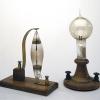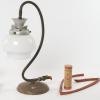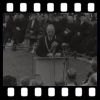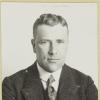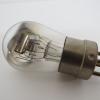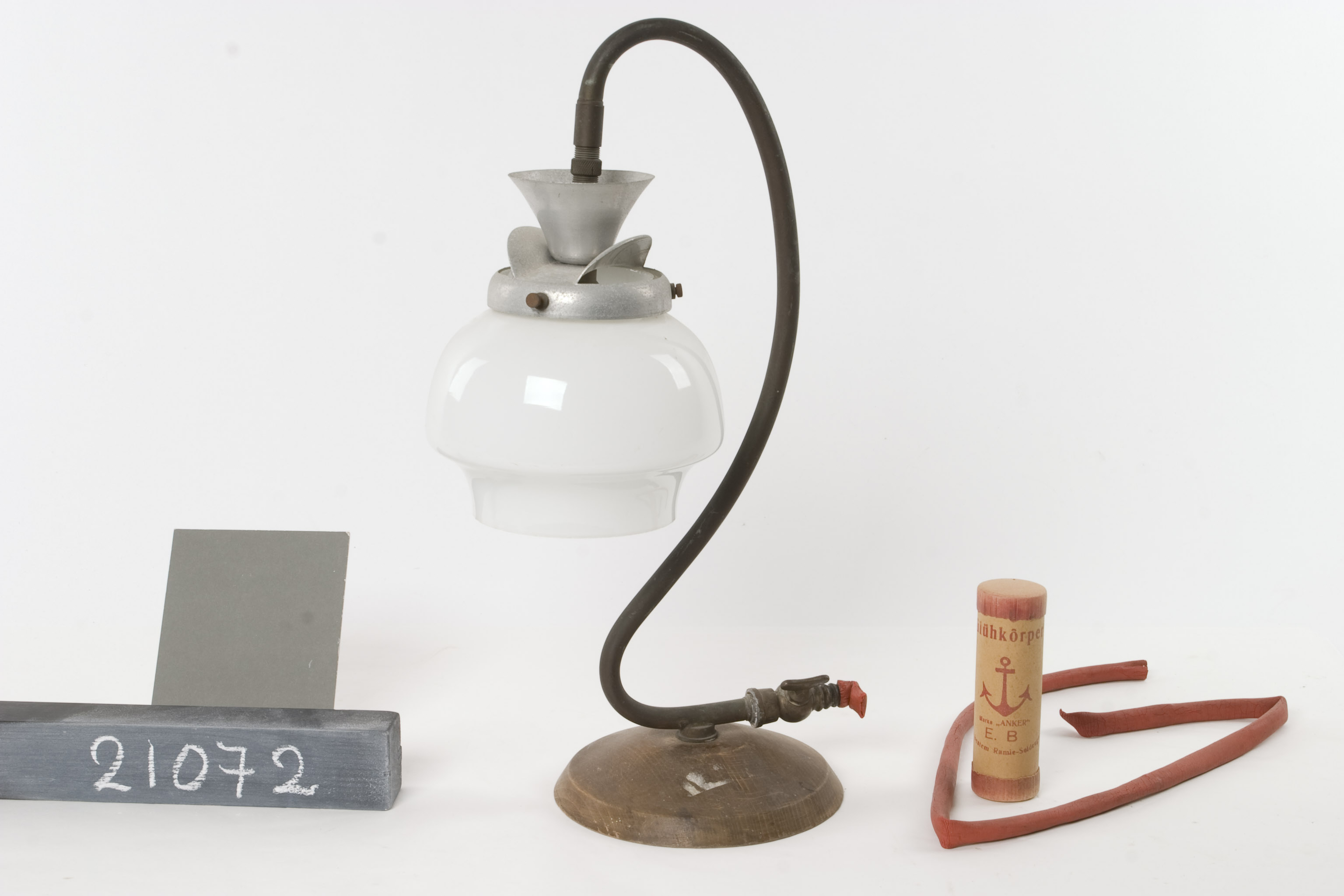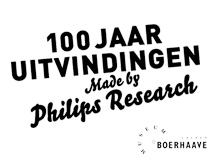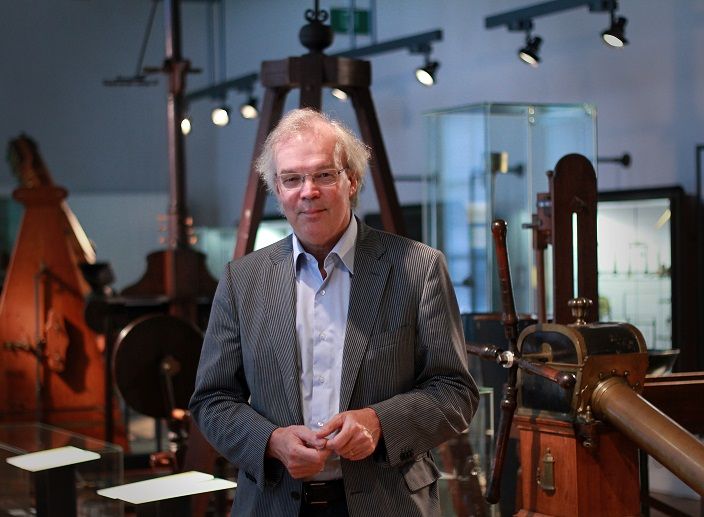Combating the gas lamp
One tough job that the light bulb faced in its early years was replacing the gas lamp.
As early as 1880, Edison supplied the ocean steamer SS Columbia with electric light. Less than a year later, Swan installed no fewer than 1200 light bulbs in the new Savoy Theater in London.
This did not mean that the international market for artificial light was easy to conquer. While it was true that light bulbs did not smell and did not consume oxygen, gas light had a solid infrastructure, including distribution via a network of local gas factories, gas pipes, and reliable burners.
Edison imitated this gas system by generating electricity with generators, transporting the gas via copper pipes to end users who could turn the electric lights on and off with a switch. Europe chose this direction. However, the construction of such infrastructure was expensive and time consuming, while gas had an advantage in that it could also be used for heating and cooking.
William Coolidge of the American research laboratory of General Electric turned the tide in 1910. He introduced and patented the tungsten incandescent filament, which considerably improved illumination strength.
The use of electricity networks for other electric apparatus (such as fridges or irons) marked the end of the gas lamp in both America and in Europe.
 Previous Story
Next Story
Previous Story
Next Story
How to cite this page
Dirk van Delft, 'Combating the gas lamp', Inventing Europe, http://www.inventingeurope.eu/philips/combating-the-gas-lamp
Sources
- Jonnes, Jill. Empires of Light: Edison, Tesla, Westinghouse, and the Race to Electrify the World. New York: Random House, 2003.





